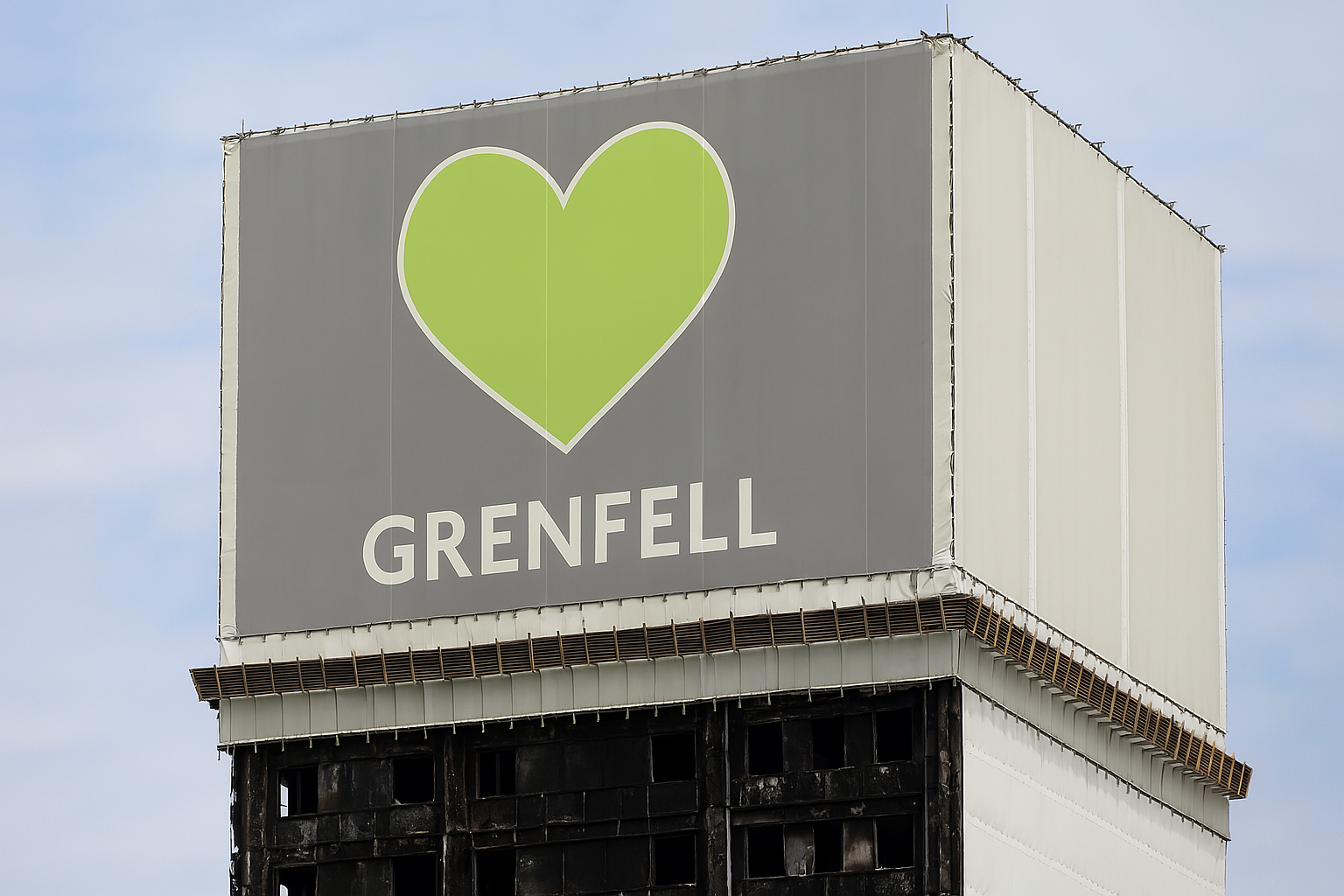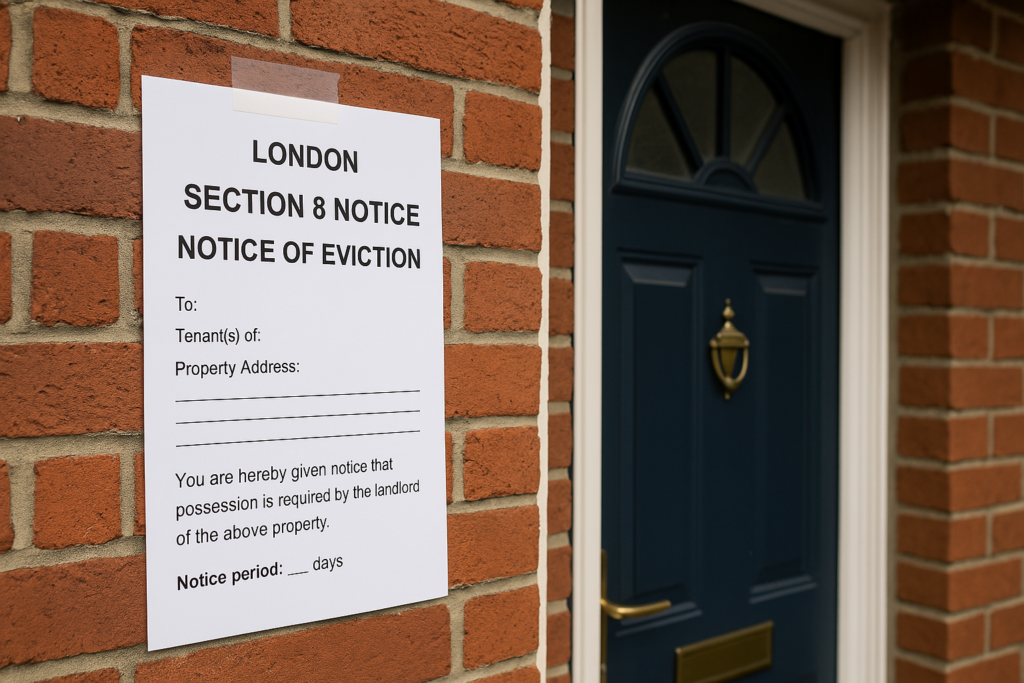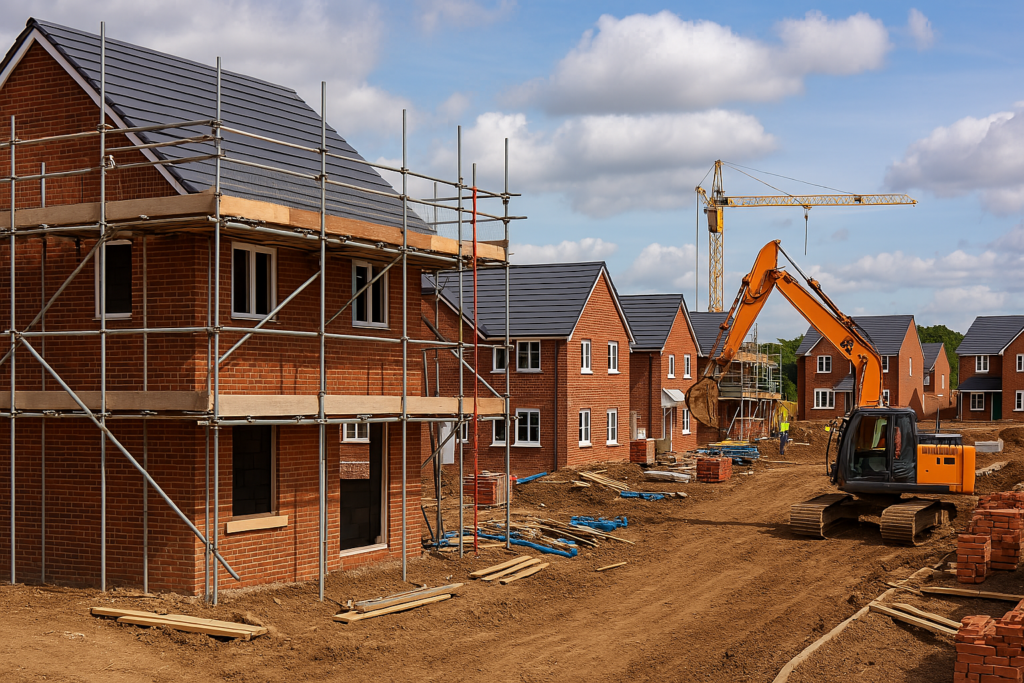A System Under Strain: The State of Cladding Remediation in the UK
The UK’s cladding remediation programme remains critically delayed and burdened by bureaucratic inertia. Following the Grenfell Tower tragedy in 2017, urgent action was promised to remove dangerous cladding from residential buildings.
However, years later, thousands of leaseholders remain in unsafe properties, facing unrelenting financial pressure, health concerns, and unacceptable uncertainty.
Government schemes such as the Building Safety Fund (BSF), the Social Sector ACM Cladding Remediation Fund, and the Mid-Rise Scheme have underperformed.
Many buildings are still wrapped in combustible materials despite billions being allocated to remedial action.
Funding Bottlenecks and Mismanagement of Resources
Although the UK Government allocated £5.1 billion to remediate unsafe cladding on high-rise buildings over 18 metres, only a fraction has been spent.
Delays in funding approvals, complex application processes, and inconsistent eligibility criteria have hindered progress.
Developers, housing associations, and managing agents cite ambiguous guidance and under-resourced local authorities as significant obstacles.
In numerous cases, leaseholders are left bearing interim costs, such as waking watch patrols, despite promises of state support.
Key Issues Identified:
Slow processing of grant applications
Inadequate oversight of fund disbursement
Lack of support for mid- and low-rise buildings
Poor communication with leaseholders and building owners
Complex legal and ownership issues delaying remediation
Leaseholders Trapped in Unsafe and Unsellable Homes
Tens of thousands of leaseholders remain trapped in buildings deemed unsafe, unable to sell or remortgage their homes due to the presence of flammable cladding or unresolved fire safety issues.
Despite the introduction of EWS1 forms, mortgage lenders remain reluctant to finance properties without confirmed remediation plans.
The mental health toll on residents has been profound, with many reporting stress, anxiety, and depression. Financially, costs for waking watch services, insurance hikes, and temporary measures have pushed numerous residents to the brink.
Lack of Transparency and Accountability Across Stakeholders
There is a notable lack of transparency in tracking progress, contract management, and the accountability of building owners.
Developers have often resisted paying for the costs of remediation despite profits made from affected buildings.
Local authorities and regulators have not exercised sufficient oversight. The Department for Levelling Up, Housing and Communities (DLUHC) has repeatedly failed to enforce deadlines or penalise non-compliant building owners, further delaying essential safety works.
Legislative Framework and the Building Safety Act 2022
The Building Safety Act 2022 aimed to overhaul building safety regulations by introducing a new Building Safety Regulator (BSR), a mandatory safety case regime, and a clearer assignment of responsibilities across the building lifecycle.
While the Act is a significant step forward, implementation has been slow, and many of its measures are yet to be fully operational. Additionally, secondary legislation is still needed to provide clarity on key enforcement powers.
Diagram: Cladding Remediation Process Flow
Cladding Remediation Process Flow (Text Version)
Identification of Unsafe Cladding
Buildings are assessed and identified as having unsafe cladding materials.
Application to Building Safety Fund
Building owners or managing agents submit an application for financial assistance to the Building Safety Fund.
Assessment by DLUHC or GLA
The Department for Levelling Up, Housing and Communities (DLUHC) or the Greater London Authority (GLA) reviews the application.
Funding Approval Granted
If the application meets the criteria, funding is approved and allocated to the building.
Procurement and Contracting
Contractors are procured, and contracts are signed to begin the remediation work.
Remediation Works Begin
On-site work starts to remove and replace the unsafe cladding.
Completion and Sign-Off
Once the works are finished, they are inspected and signed off by a qualified authority.
Building Certified as Safe
The building receives certification confirming it is free from dangerous cladding and meets fire safety standards.
Recommendations for Immediate Government Action
To restore public confidence and accelerate remediation:
Streamline Funding Access
Centralise and simplify the application process for funding with a transparent, publicly trackable portal for all applicants.
Mandate Developer Contributions
Enforce the legally binding Developer Pledge, ensuring major builders pay for remediation of all buildings they constructed with unsafe cladding, regardless of height.
Expand the Scope of Support
Broaden eligibility to include low- and mid-rise buildings and cover other fire safety defects such as missing fire breaks, faulty insulation, and non-compliant balconies.
Regulatory Deadlines and Penalties
Impose hard deadlines for remediation projects with financial penalties for non-compliance and publish a list of non-cooperative developers and landlords.
Provide Leaseholder Protection
Legally protect leaseholders from bearing any cost related to historical safety defects and offer mental health support for affected residents.
The Role of Local Authorities and Fire Services
Local councils must be empowered to take proactive enforcement actions against negligent freeholders. Fire services must also be equipped to conduct frequent inspections and publish updated fire risk assessments to hold building owners accountable.
Digital Tracking and Public Transparency
A national cladding remediation dashboard should be launched, offering real-time updates on:
Number of buildings identified
Funds allocated and spent.
Remediation progress by region
Developer compliance rates
This open data model will foster public accountability and prevent selective disclosures by stakeholders.
Conclusion: Clarity, Commitment, and Urgency Needed
The UK Government must treat cladding remediation as a national emergency, not an administrative task.
Leaseholders have waited too long for justice, and the slow pace of progress is no longer defensible. A complete reform of funding access, legal accountability, and enforcement must be at the heart of the response moving forward.
Lives are at stake. The window for bureaucratic excuses has closed.
Read our other Blogs:
Network Rail and Homes England Plan to Deliver 40,000 New Homes
Renters Reform Bill 2025: A Comprehensive Guide to Tenant and Landlord Rights in the UK





